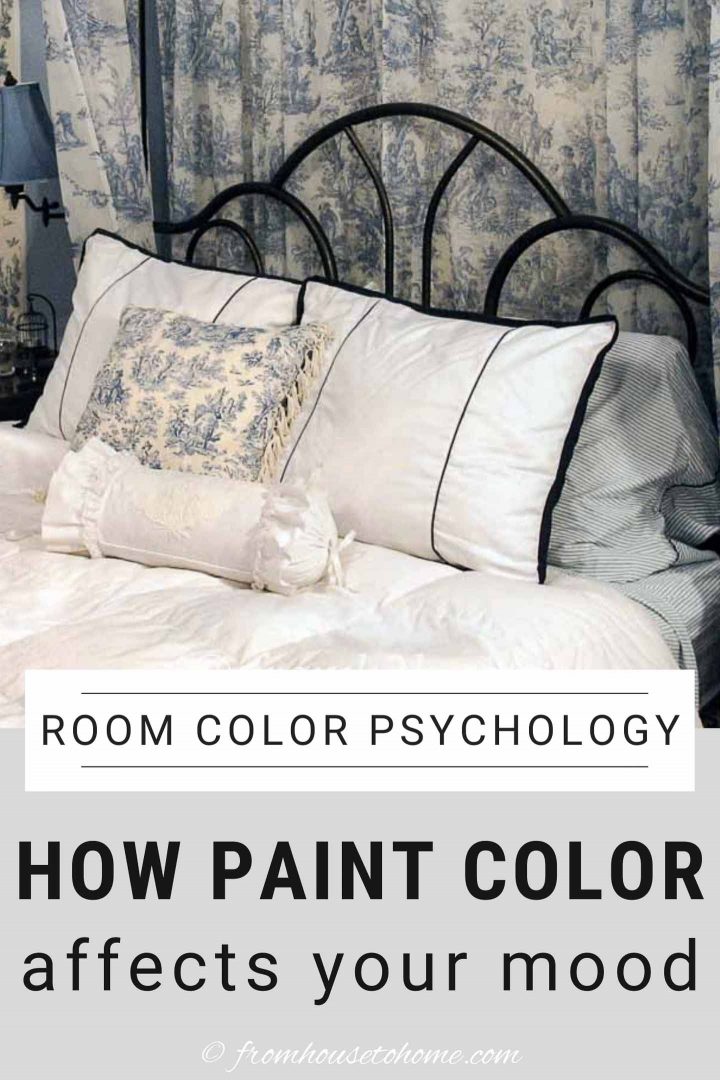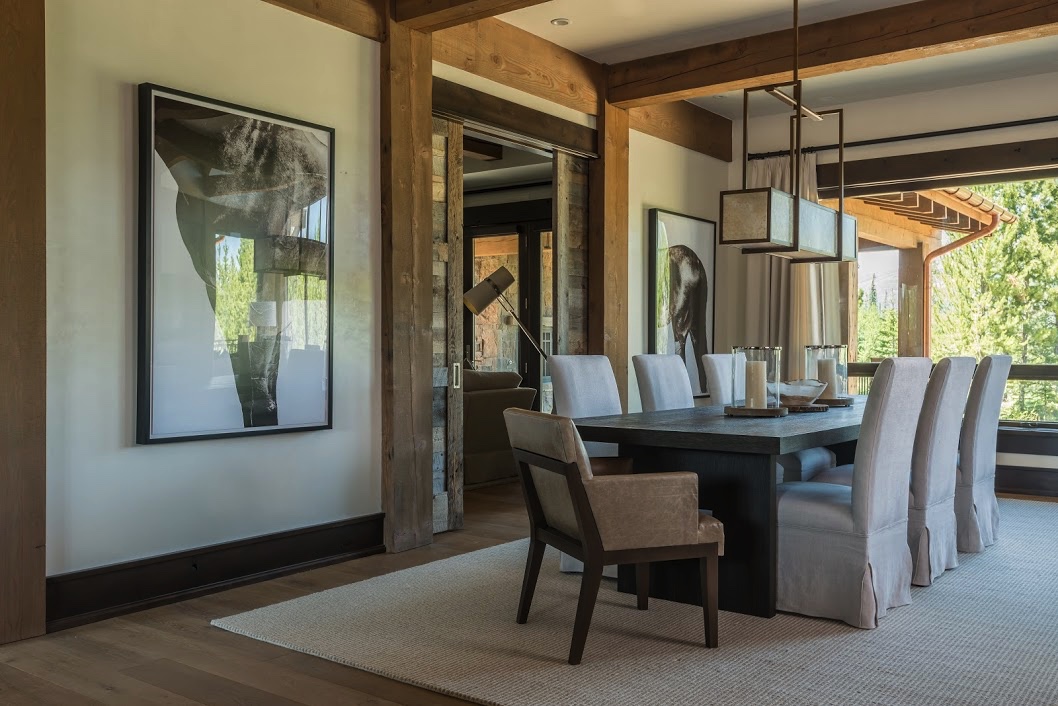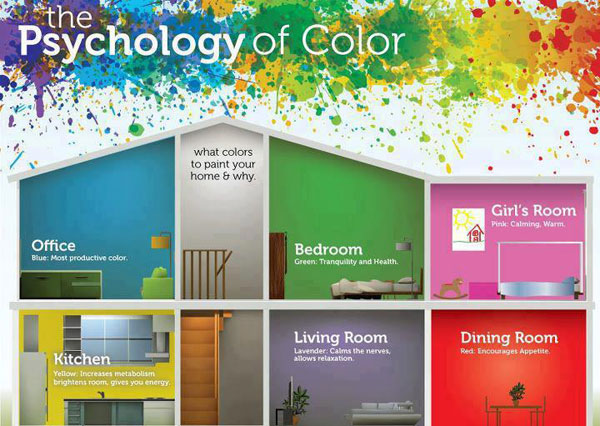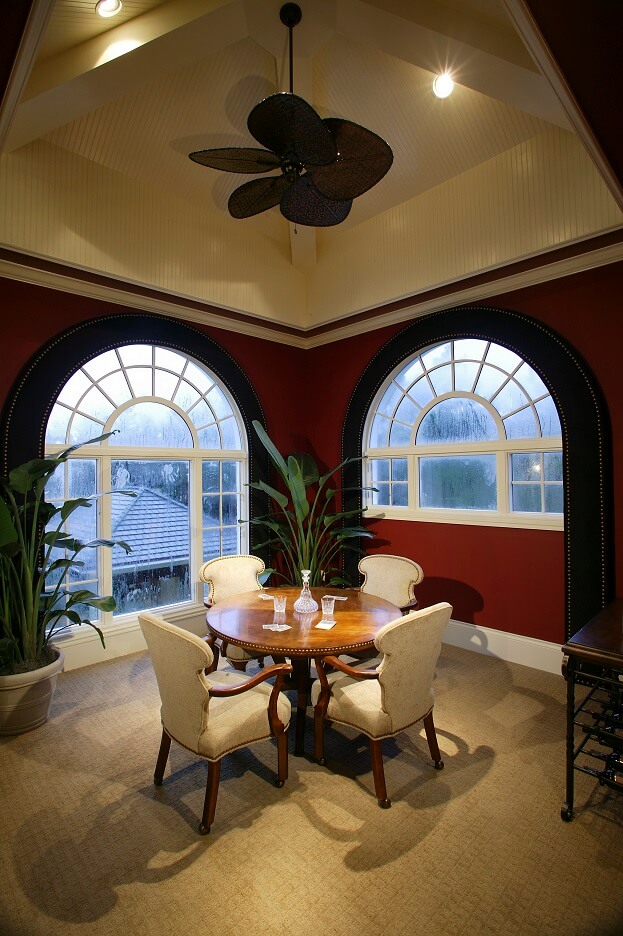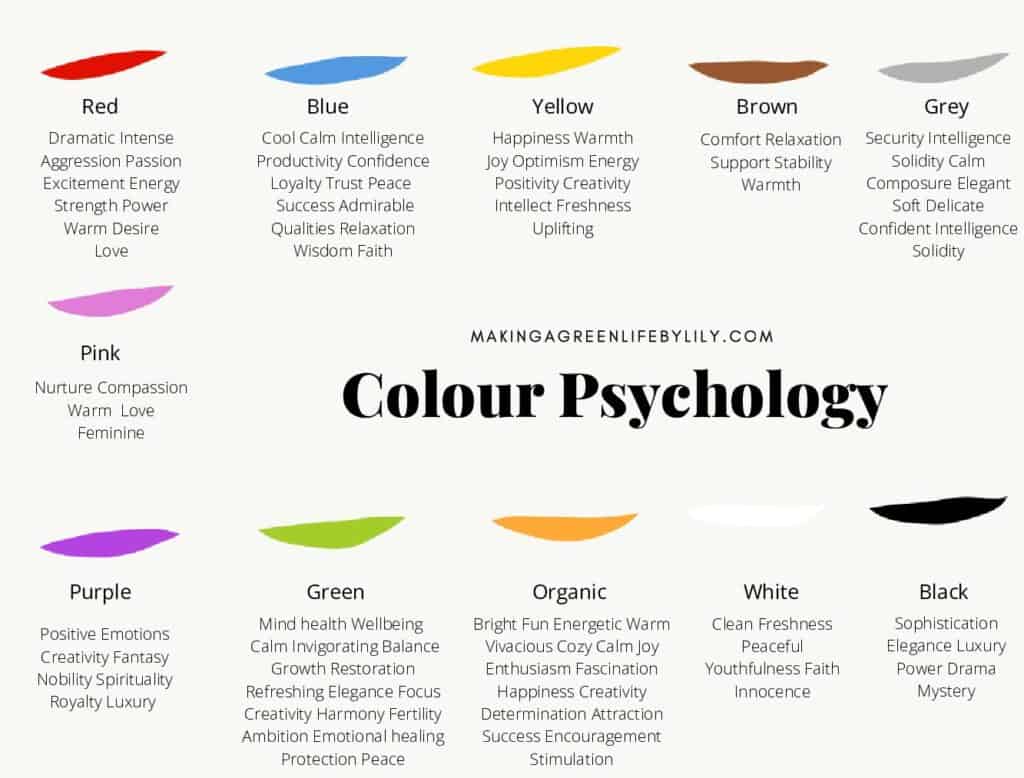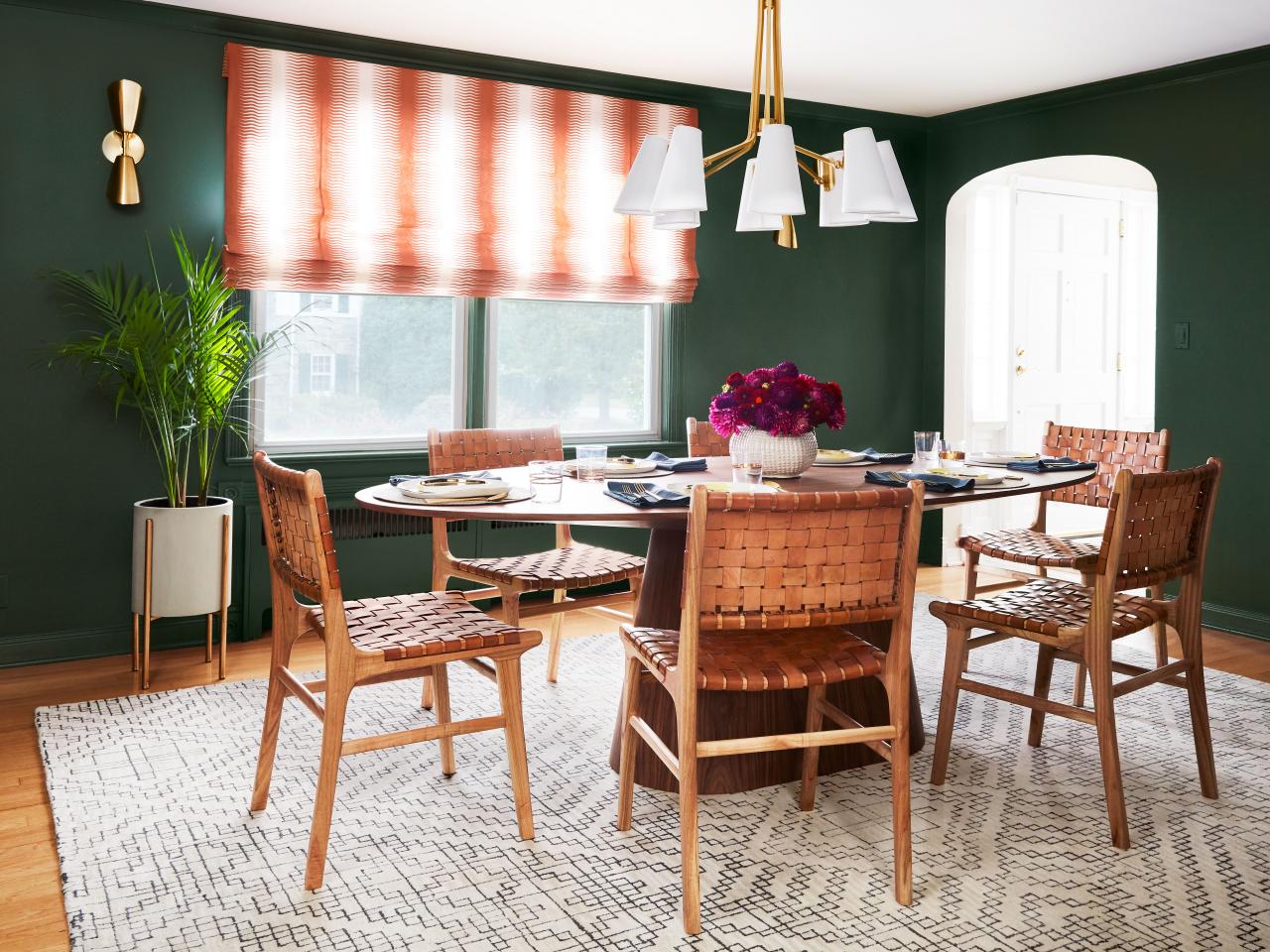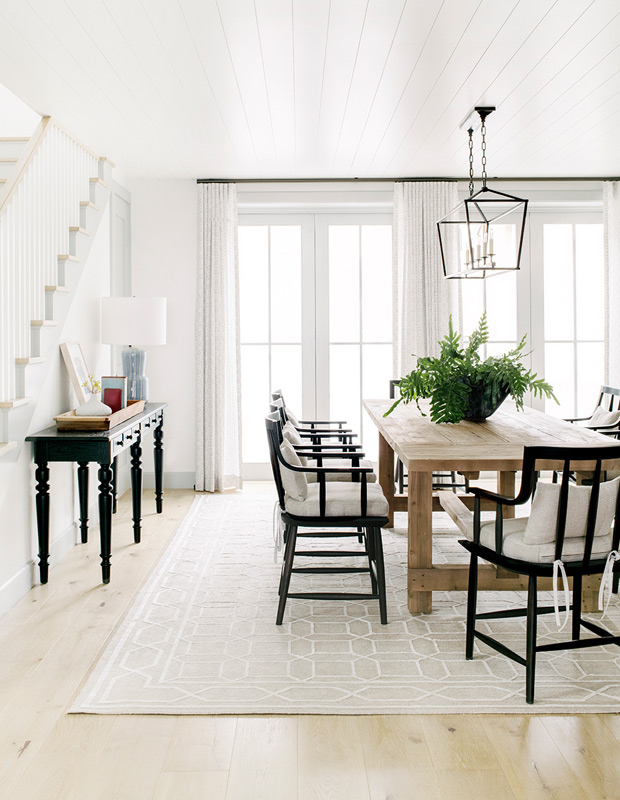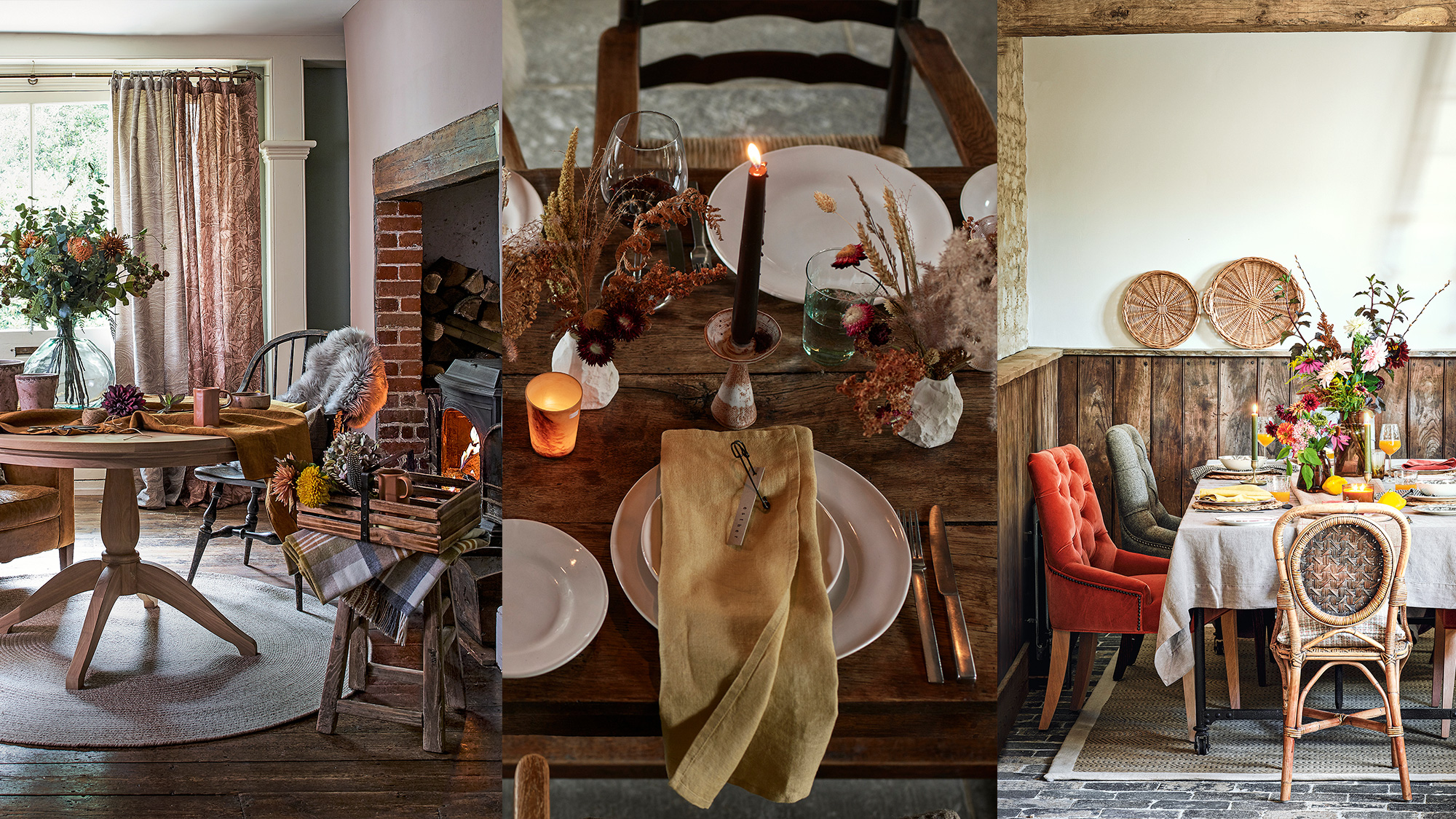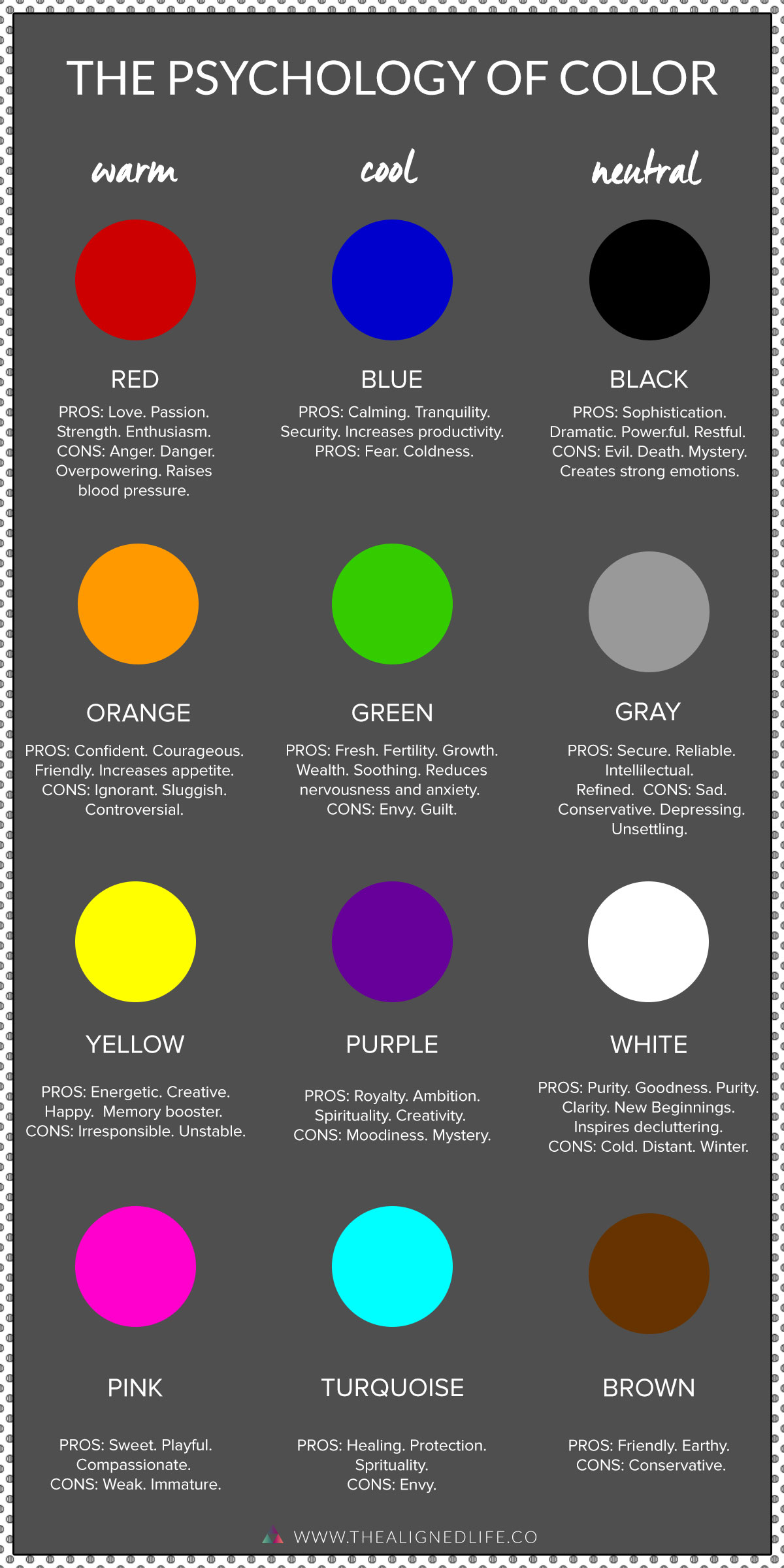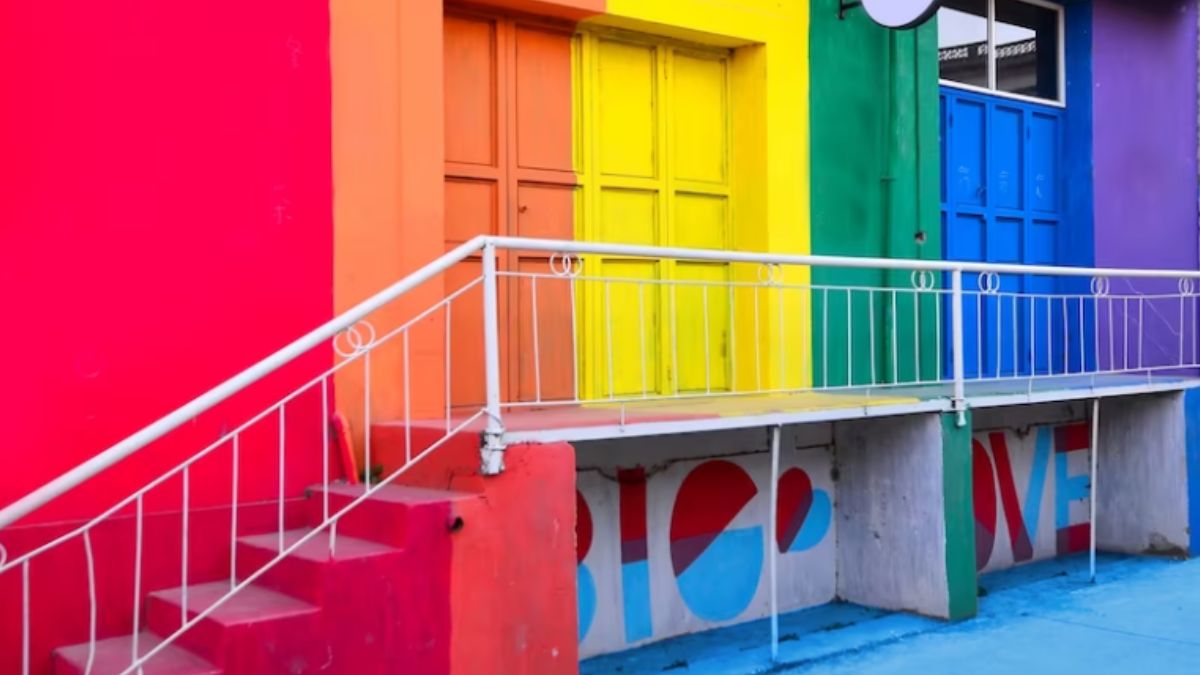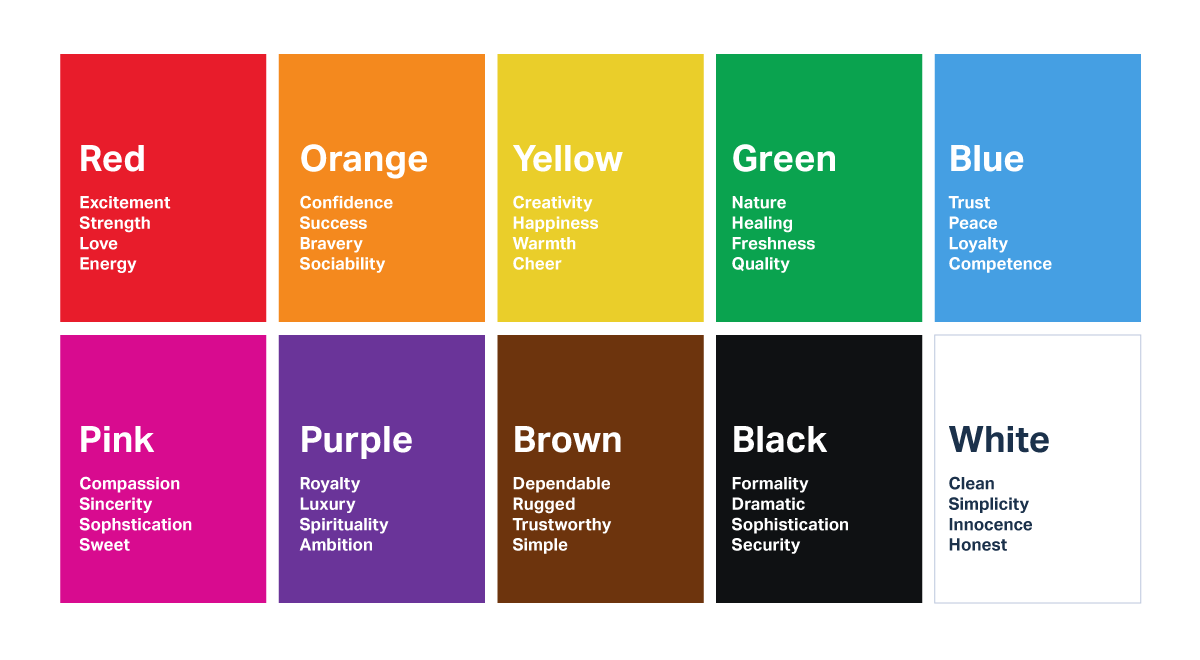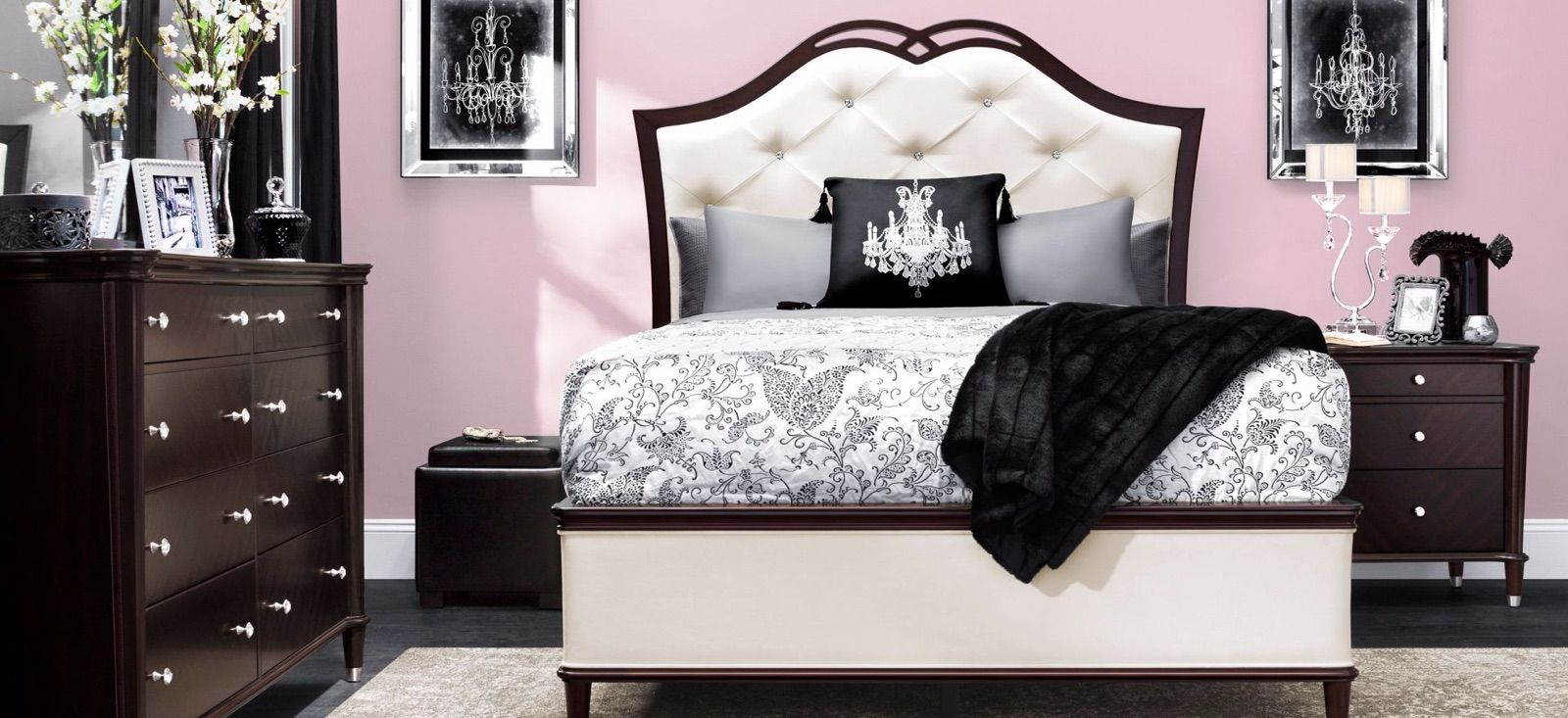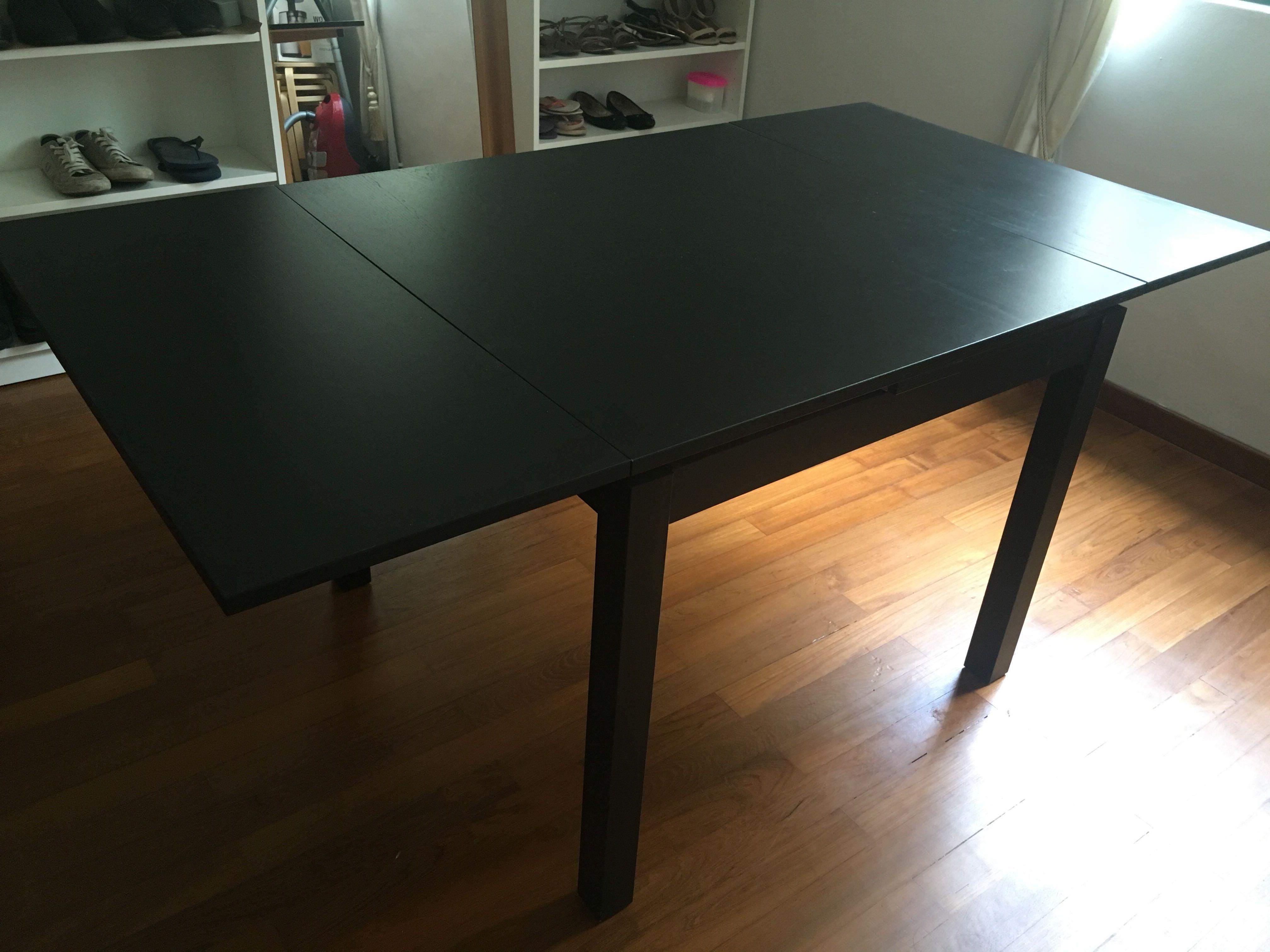When it comes to interior design, color plays a crucial role in creating the overall look and feel of a room. This is especially true for the dining room, where the right colors can set the mood for a memorable dining experience. But with so many colors to choose from, how do you know which ones are best for your dining room? This is where color psychology comes in. Color psychology is the study of how colors can affect our emotions, behaviors, and perceptions. By understanding the psychological effects of different colors, you can create a dining room that not only looks beautiful, but also promotes a certain mood or atmosphere. So, let's take a closer look at how to use color psychology to choose the best colors for your dining room.Color Psychology: How to Choose the Best Colors for Your Dining Room
Before we dive into the specific colors for your dining room, it's important to understand the general psychological effects of colors in interior design. Warm colors like red, orange, and yellow can create a sense of energy and warmth, while cool colors like blue, green, and purple can evoke feelings of calmness and relaxation. Neutral colors like white, gray, and beige can create a sense of balance and serenity. It's also important to consider the intensity of the colors you choose. Bold, bright colors can make a statement and add a sense of playfulness or drama to a room, while softer, muted colors can create a more subtle and soothing atmosphere. Keep these factors in mind as we explore the best colors for your dining room.The Psychology of Color for Interior Design
The first step in choosing the right colors for your dining room is to consider the purpose of the space. Is it a formal dining room for special occasions, or a casual dining area for everyday meals? The answer to this question can help guide your color choices. For a formal dining room, consider using deep, rich colors like burgundy, navy blue, or dark green. These colors can create a luxurious and elegant atmosphere, perfect for hosting dinner parties and special occasions. Pair them with rich wood accents and metallic touches for a sophisticated look. On the other hand, if you want to create a more casual and inviting dining room, consider using warm, earthy colors like terracotta, mustard yellow, or burnt orange. These colors can create a cozy and welcoming atmosphere, perfect for family meals and gatherings. Add natural elements like wood and plants to enhance the warm and inviting feel.How to Use Color Psychology to Create the Perfect Dining Room
Aside from creating a certain mood, color can also have a physical impact on a space. For example, lighter colors can make a room feel more spacious and airy, while darker colors can make a room feel smaller and more intimate. Consider the size and layout of your dining room when choosing colors. If your dining room is on the smaller side, lighter, cooler colors like pale blue, lavender, or light gray can help open up the space and make it feel more expansive. These colors also have a calming effect, which can be beneficial during meal times. For larger dining rooms, you can experiment with bold, darker colors like emerald green, deep purple, or charcoal gray to create a more intimate and cozy atmosphere.The Impact of Color on Dining Room Design
The dining room is not just a place to eat, it's also a space for socializing and connecting with others. So, it's important to create a dining room that is warm and inviting. One way to achieve this is by using complementary colors in your dining room design. Complementary colors are colors that are opposite each other on the color wheel, such as blue and orange, or purple and yellow. When used together, these colors can create a sense of balance and harmony in a room. Consider using complementary colors for your dining room walls, furniture, and accessories to create a welcoming and visually appealing space.Creating a Welcoming Dining Room with Color Psychology
Are you looking to give your dining room a makeover? Color psychology can be your guide. Before you start picking out new furniture or accessories, think about the colors you want to incorporate. Do you want a more energetic and lively dining room, or a more relaxed and soothing one? Use color psychology to help you make the right choices. Accent colors can also play a big role in a dining room makeover. These are secondary colors that are used to add pops of color and interest to a room. For example, if your dining room is predominantly neutral, you can add bold accent colors like red, yellow, or teal through accessories like throw pillows, curtains, or artwork.Color Psychology: The Key to a Successful Dining Room Makeover
Texture is another important element in interior design that can be influenced by color. For a cozy and inviting dining room, consider incorporating textured elements in your color scheme. This can include a mix of soft fabrics like velvet or faux fur, rough textures like rattan or wood, and shiny surfaces like glass or metal. These textures can add depth and visual interest to your dining room, making it feel more comfortable and inviting.Using Color Psychology to Create a Cozy and Inviting Dining Room
Color psychology is a powerful tool that can help you create a dining room that not only looks beautiful, but also promotes a certain mood or atmosphere. But remember, there are no strict rules when it comes to color in interior design. It's important to choose colors that you personally connect with and that make you feel good. Experiment with different colors and see how they make you feel in your dining room. And don't be afraid to break the rules and mix and match different colors and textures. After all, your dining room should be a reflection of your unique style and personality.The Power of Color: How to Use Color Psychology in Your Dining Room
Color psychology is not just about choosing pretty colors for your dining room. It's about understanding the emotional and physical effects of color and using that knowledge to create a space that is both aesthetically pleasing and functional. So, when choosing colors for your dining room, consider the purpose of the space, the size and layout of the room, and the overall mood you want to create. By following the principles of color psychology and incorporating your own personal style, you can create a dining room that is not only visually appealing, but also promotes a sense of warmth, comfort, and connection.Choosing the Right Colors for Your Dining Room: A Guide to Color Psychology
In conclusion, color psychology is a valuable tool for creating a beautiful and harmonious dining room. By understanding the psychological effects of different colors and using them to your advantage, you can create a dining room that not only looks great, but also enhances the dining experience for you and your guests. So, whether you want a formal and elegant dining room or a casual and cozy one, let color psychology be your guide in choosing the perfect colors for your dining room.Color Psychology: The Secret to a Beautiful and Harmonious Dining Room
The Impact of Dining Room Colors on Your Mood and Appetite
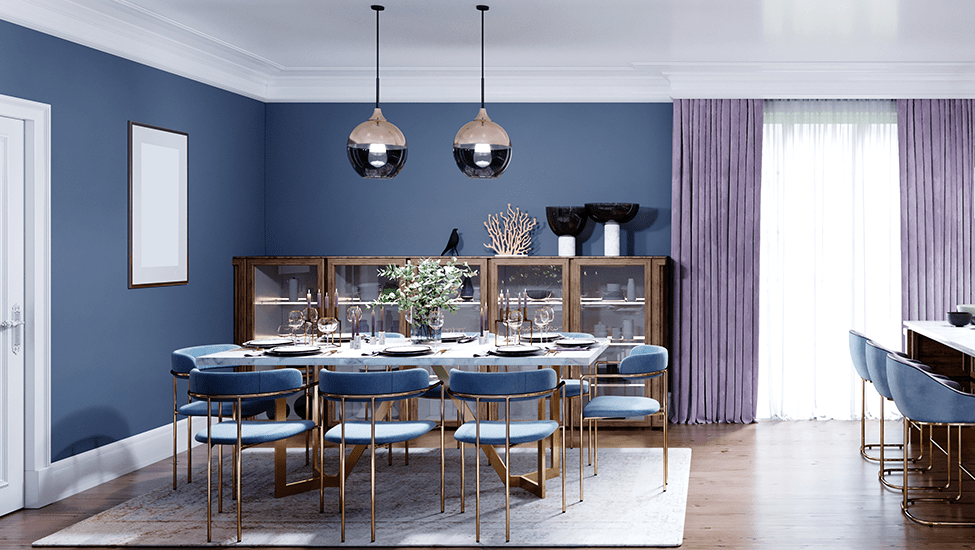
The Psychology Behind Dining Room Colors
 When it comes to designing your dining room, color plays a crucial role in creating the right atmosphere. Not only does color affect the overall aesthetic, but it also has a significant impact on our mood and appetite. This is because colors have the power to evoke certain emotions and stimulate our senses. Understanding the psychology behind dining room colors can help you make informed decisions when choosing the perfect color scheme for your space.
Warm Colors for a Cozy Dining Experience
Warm colors such as red, orange, and yellow are known to stimulate appetite and promote feelings of warmth and coziness. These colors can be incorporated into your dining room through paint, furniture, and decor. A bold red accent wall or warm-toned wooden furniture can create a welcoming and inviting atmosphere, perfect for enjoying a meal with family and friends.
When it comes to designing your dining room, color plays a crucial role in creating the right atmosphere. Not only does color affect the overall aesthetic, but it also has a significant impact on our mood and appetite. This is because colors have the power to evoke certain emotions and stimulate our senses. Understanding the psychology behind dining room colors can help you make informed decisions when choosing the perfect color scheme for your space.
Warm Colors for a Cozy Dining Experience
Warm colors such as red, orange, and yellow are known to stimulate appetite and promote feelings of warmth and coziness. These colors can be incorporated into your dining room through paint, furniture, and decor. A bold red accent wall or warm-toned wooden furniture can create a welcoming and inviting atmosphere, perfect for enjoying a meal with family and friends.
Cool Colors for a Calm and Relaxing Dining Experience
 On the other hand, cool colors such as blue, green, and purple can have a calming effect on our minds and bodies. These colors are often associated with nature and can make your dining room feel more spacious and peaceful. Soft blue walls or a greenery-filled centerpiece can create a serene and tranquil dining experience, ideal for unwinding after a long day.
The Power of Neutrals
Neutral colors such as white, beige, and gray are versatile and can be used as a base for any color scheme. They also have a calming effect and can make your dining room feel more open and airy. Additionally, neutral colors can be easily paired with bold accent colors, allowing you to change up the look and feel of your dining room without a major overhaul.
On the other hand, cool colors such as blue, green, and purple can have a calming effect on our minds and bodies. These colors are often associated with nature and can make your dining room feel more spacious and peaceful. Soft blue walls or a greenery-filled centerpiece can create a serene and tranquil dining experience, ideal for unwinding after a long day.
The Power of Neutrals
Neutral colors such as white, beige, and gray are versatile and can be used as a base for any color scheme. They also have a calming effect and can make your dining room feel more open and airy. Additionally, neutral colors can be easily paired with bold accent colors, allowing you to change up the look and feel of your dining room without a major overhaul.
Choose Colors Based on the Purpose of Your Dining Room
 When selecting colors for your dining room, it's essential to consider the purpose of the space. If your dining room is primarily used for hosting dinner parties and entertaining guests, warm and inviting colors would be a great choice. However, if your dining room doubles as a workspace or study area, cooler and more calming colors may be more suitable.
Don't Forget About Lighting
Lastly, it's crucial to take into account the lighting in your dining room when choosing colors. Natural light can change the appearance of colors throughout the day, so it's essential to test out different shades in your space to see how they look under different lighting conditions. Additionally, using warm or cool toned light bulbs can also influence the mood and atmosphere in your dining room.
In conclusion, the colors in your dining room not only impact the overall aesthetic but also have a significant effect on your mood and appetite. By understanding the psychology behind colors, you can create a dining experience that is both visually pleasing and emotionally satisfying. So, whether you opt for warm, cool, or neutral tones, make sure to consider the purpose of your dining room and the lighting to create the perfect atmosphere for your space.
When selecting colors for your dining room, it's essential to consider the purpose of the space. If your dining room is primarily used for hosting dinner parties and entertaining guests, warm and inviting colors would be a great choice. However, if your dining room doubles as a workspace or study area, cooler and more calming colors may be more suitable.
Don't Forget About Lighting
Lastly, it's crucial to take into account the lighting in your dining room when choosing colors. Natural light can change the appearance of colors throughout the day, so it's essential to test out different shades in your space to see how they look under different lighting conditions. Additionally, using warm or cool toned light bulbs can also influence the mood and atmosphere in your dining room.
In conclusion, the colors in your dining room not only impact the overall aesthetic but also have a significant effect on your mood and appetite. By understanding the psychology behind colors, you can create a dining experience that is both visually pleasing and emotionally satisfying. So, whether you opt for warm, cool, or neutral tones, make sure to consider the purpose of your dining room and the lighting to create the perfect atmosphere for your space.



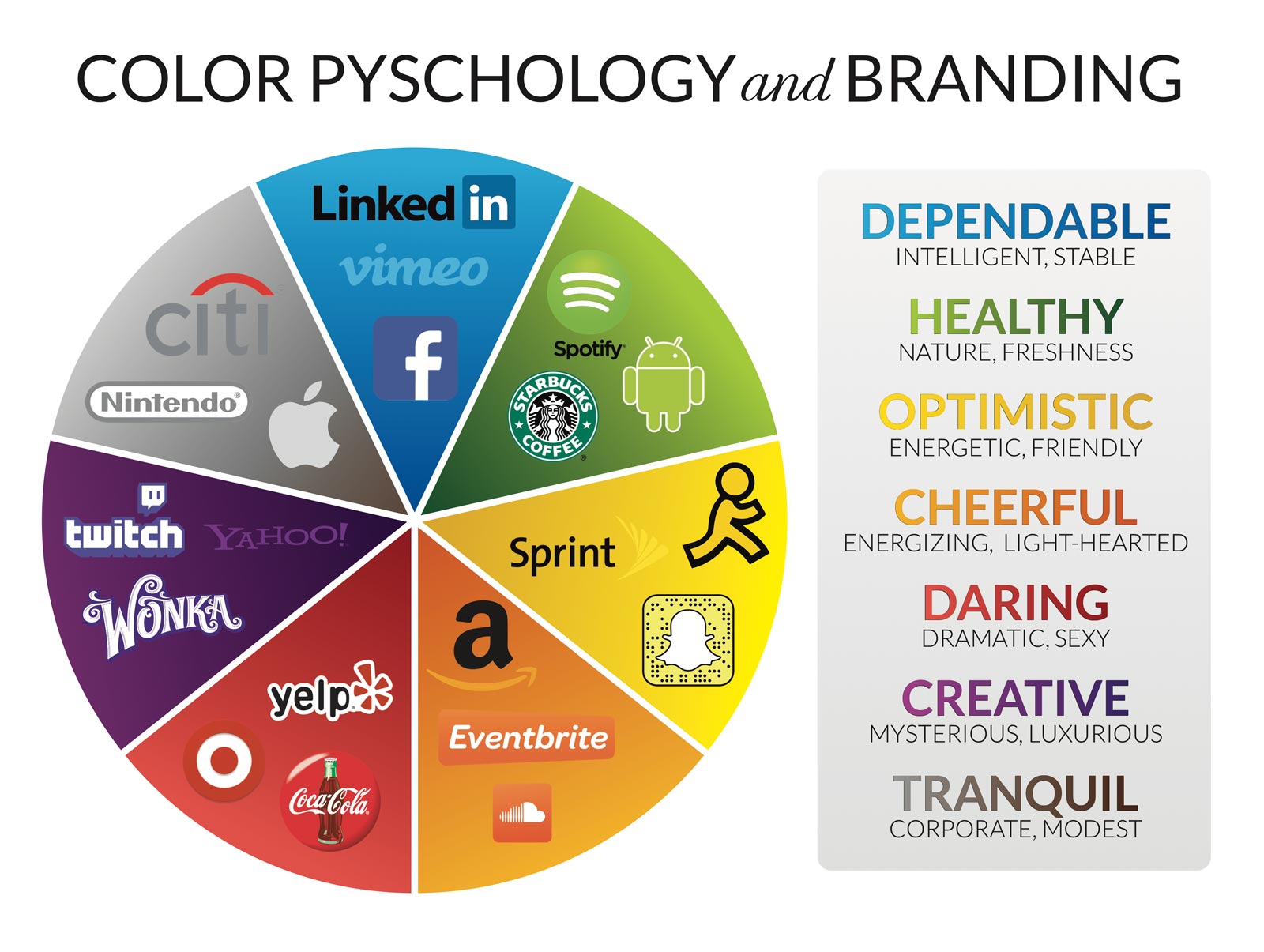
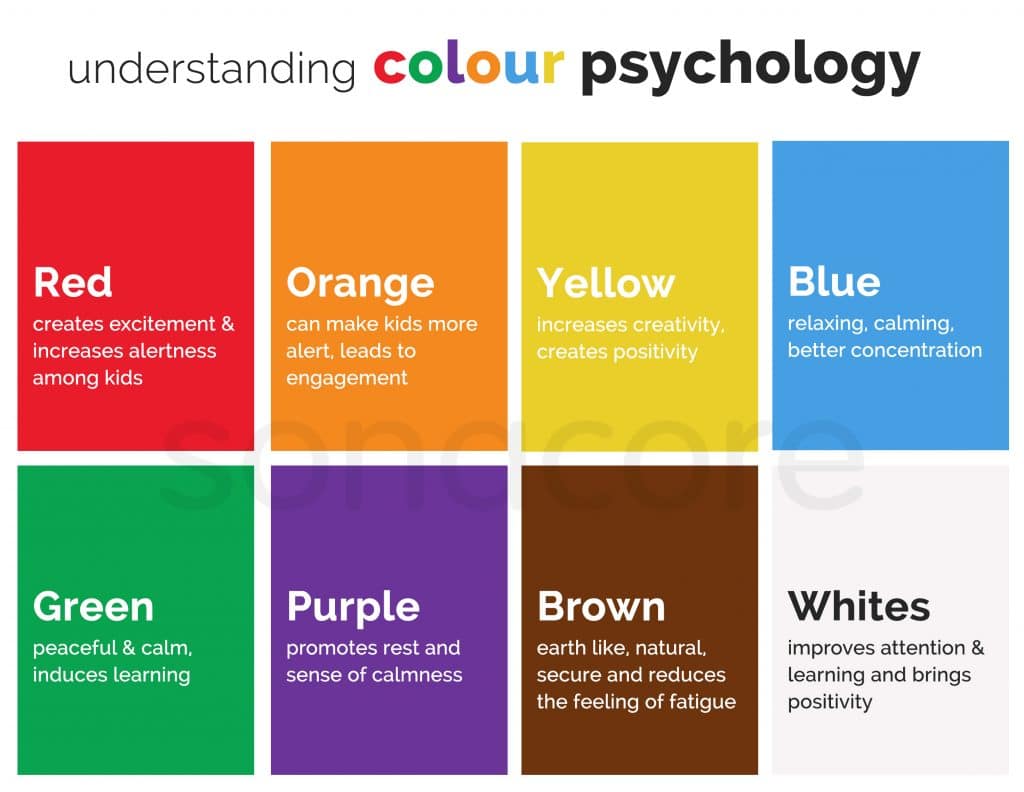

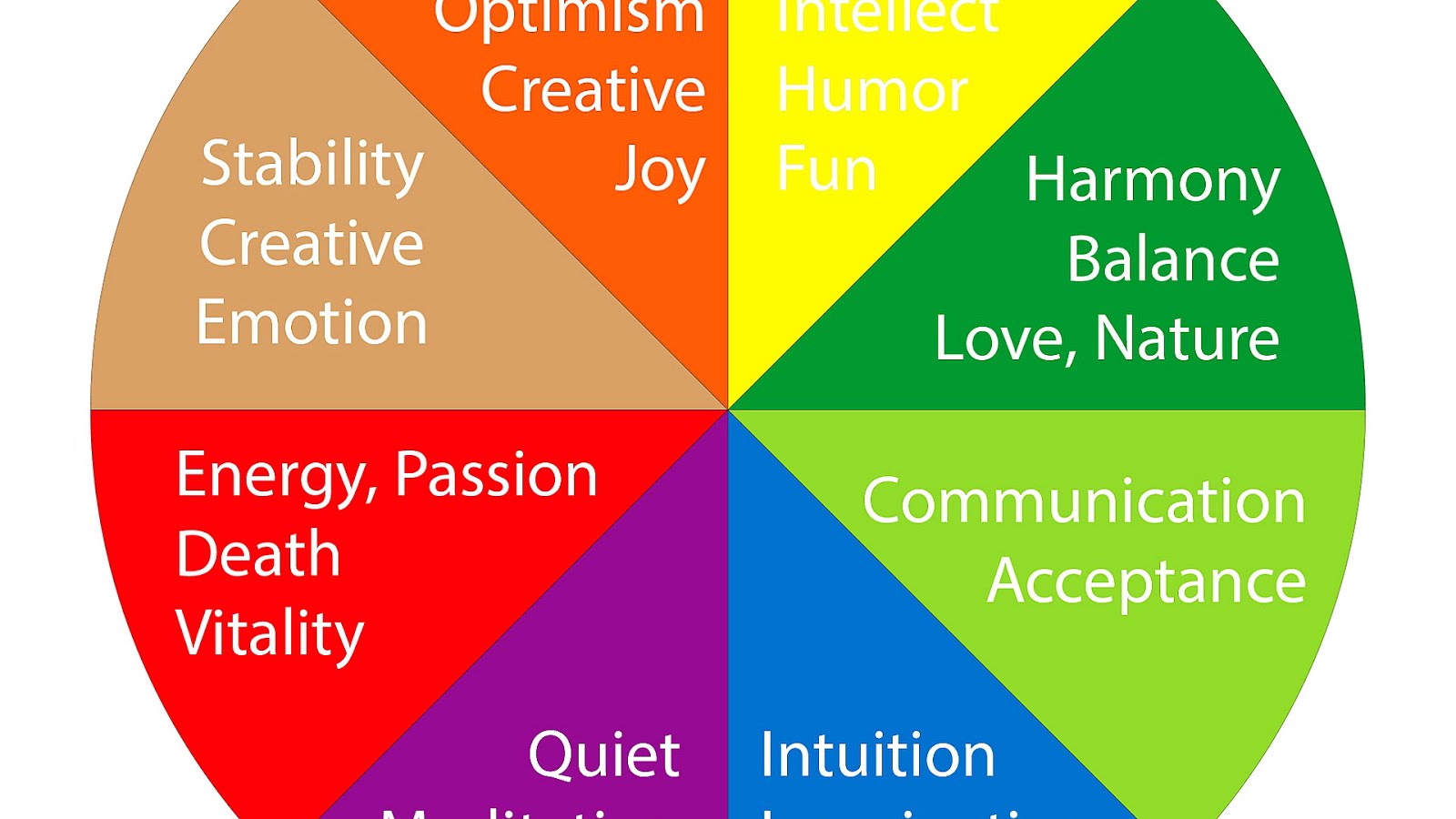


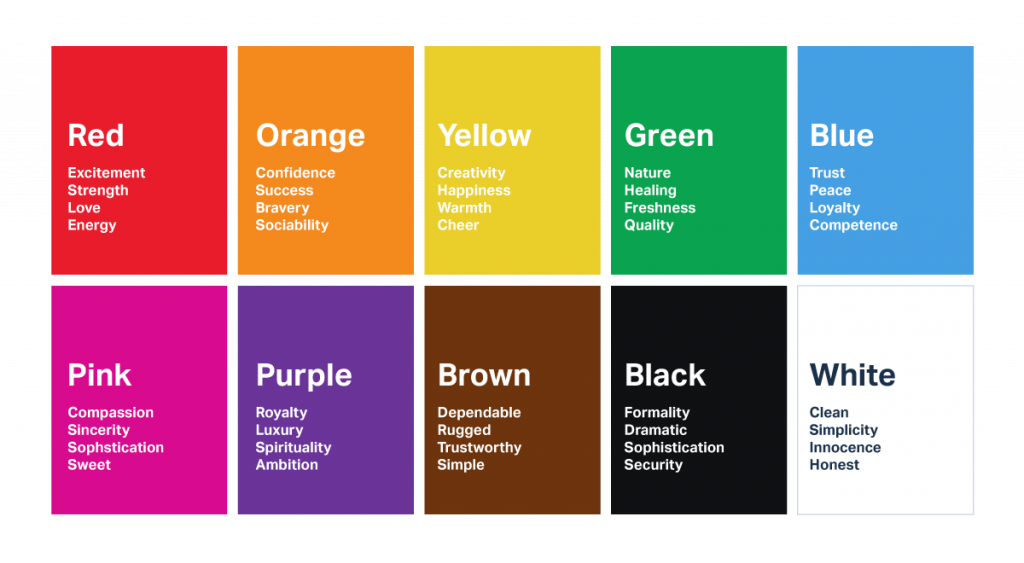
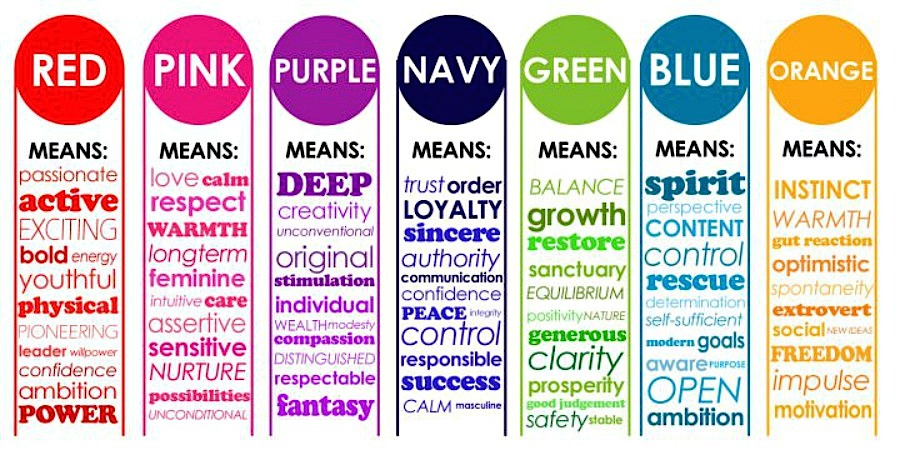




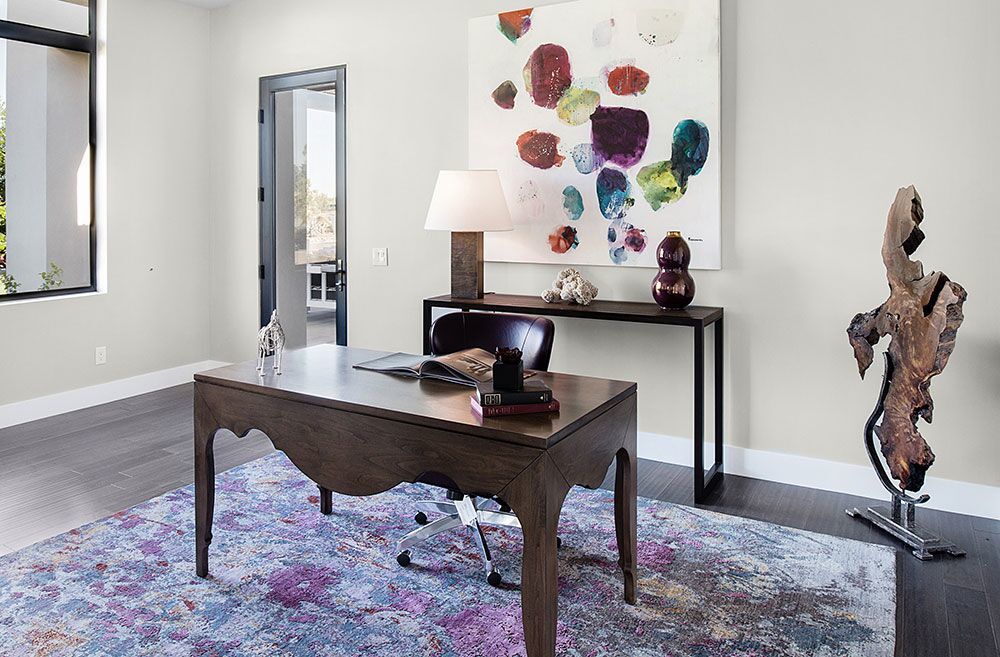

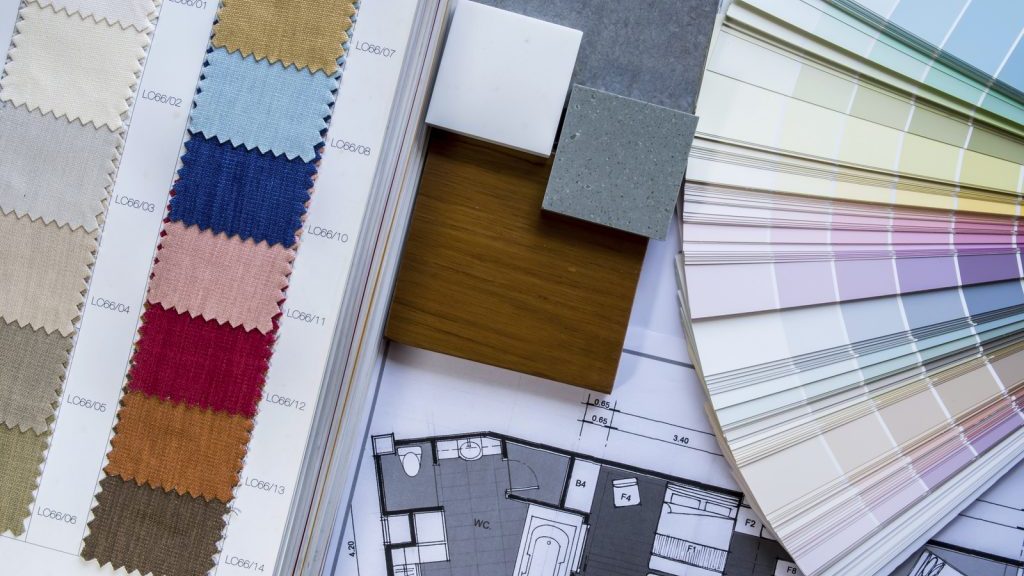
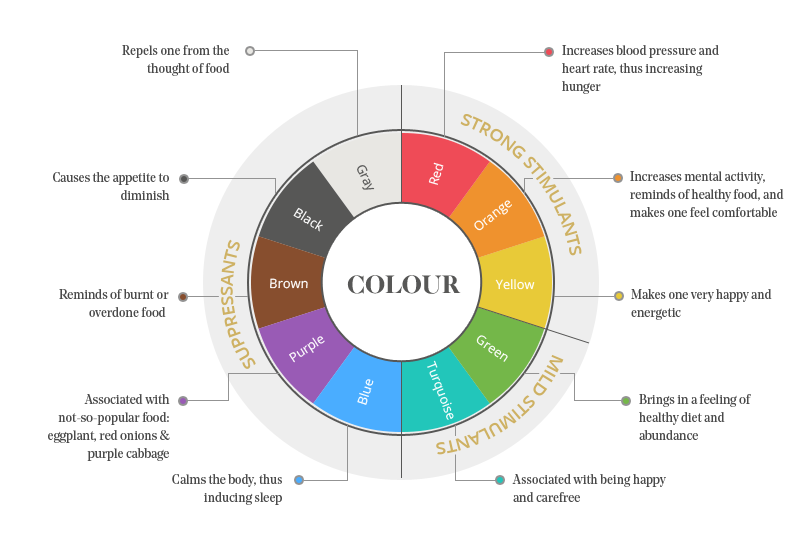

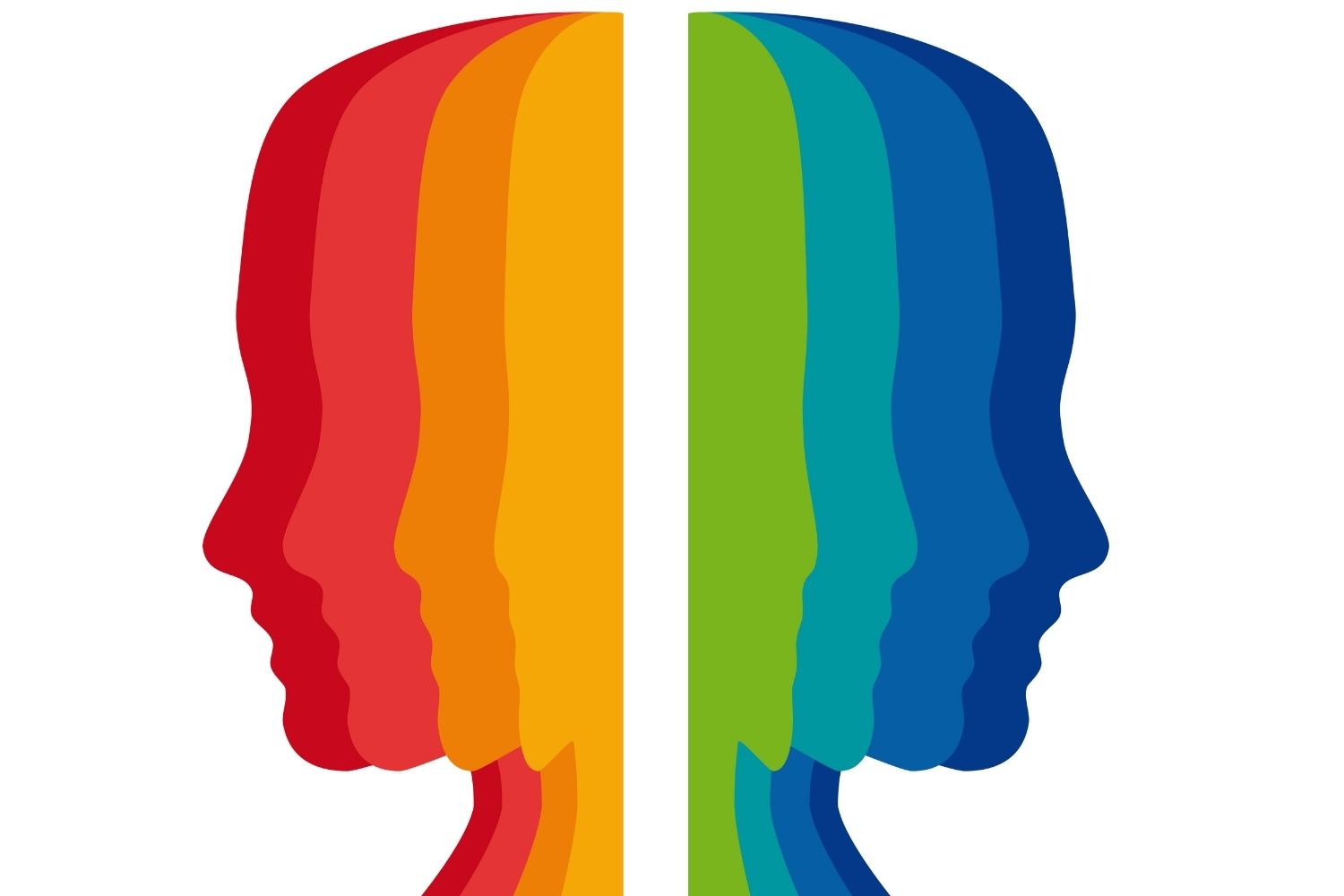



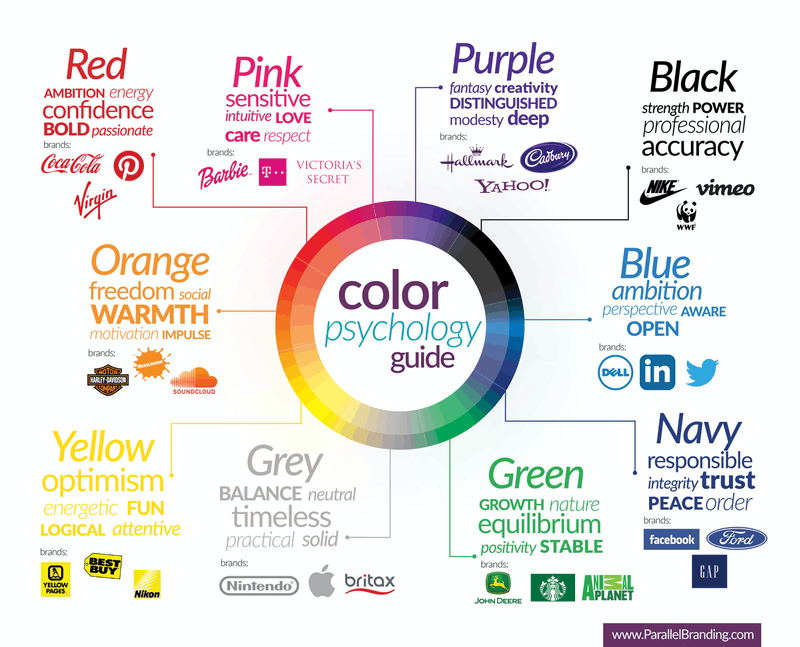
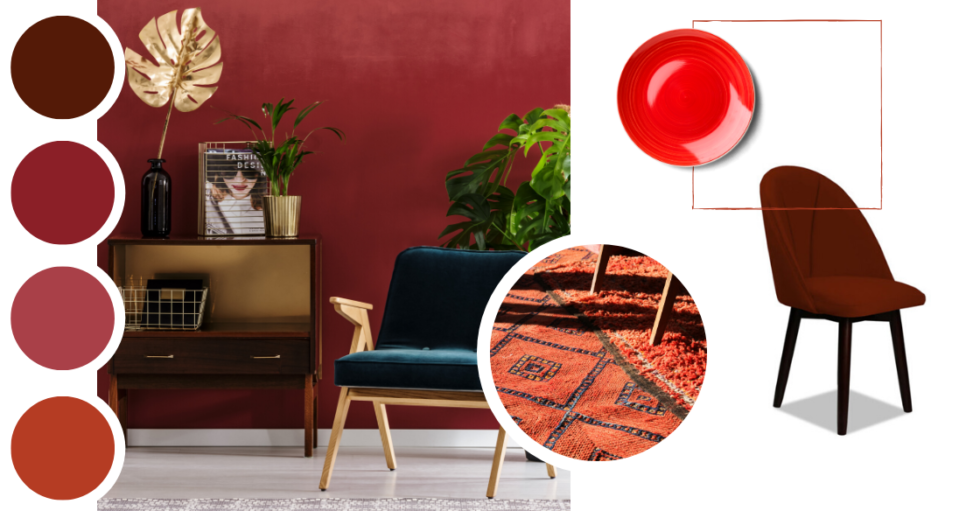








:max_bytes(150000):strip_icc()/cdn.cliqueinc.com__cache__posts__209952__if-you-do-this-one-thing-you-dont-need-to-redecorate-your-dining-room-1997706-1480544442.700x0c-7744b38e1e3c4806bd6da128e6d789b6.jpg)

/GettyImages-872728164-5c79d40f46e0fb0001a5f030.jpg)









